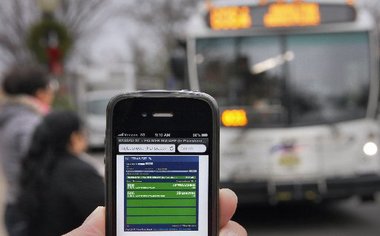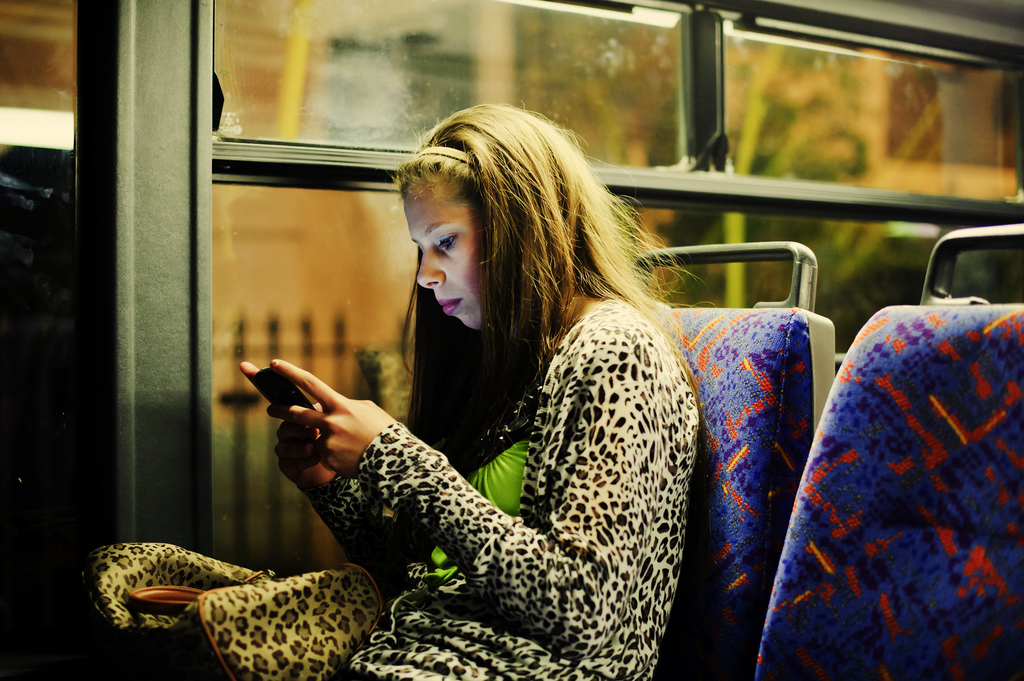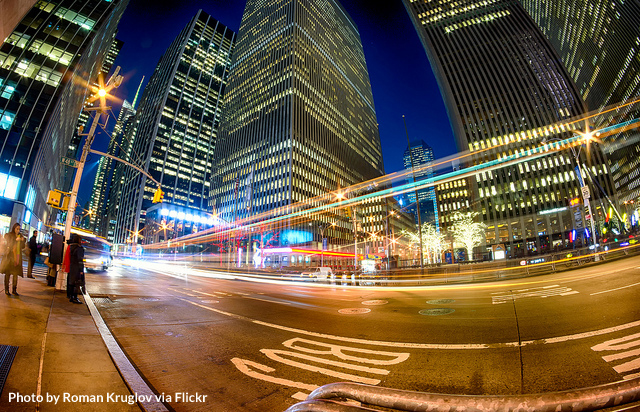
Nearly 60 local governments from 31 states applied to join our collaborative for smart cities, including nearly half of the cities that entered USDOT’s Smart City Challenge. Applications closed two weeks ago — so what’s next?

After the outpouring of interest in the U.S. Department of Transportation’s Smart Cities Challenge, perhaps we shouldn’t have been surprised to see tremendous interest and enthusiasm from cities nationwide for our smart cities collaborative in partnership with Sidewalk Labs.
Nearly 60 local governments from 31 states applied to join the collaborative — including nearly half of the Smart City Challenge applicants and a number of the seven finalist cities — underscoring their desire to find ways to thoughtfully use technology to solve their pressing transportation and mobility challenges.
The applications came in from an incredibly diverse range of cities, from small to large and from coast to coast, including places like Seattle, WA; Kirkwood, MO; Charlotte, NC and Los Angeles, CA. A diverse group of cities will be at the table as members of the collaborative begin to define and design the “connected streets” of the future.
What do cities want?
Each applicant city identified a transportation-based problem they’re challenged by, an outcome they’re seeking, and a specific project they’re interested in developing to meet their needs. The applications showcased a diverse array of projects that shared an innovative drive toward problem identification, solution generation, and a willingness to take risks.
The application also included a list of fifteen potential technical and topical working groups to focus on in the collaborative. So far, cities expressed the greatest interest in connected and automated vehicles, carbon reduction strategies, shared mobility and first- and last-mile solutions, vehicle-to-infrastructure (V2X) implementation, and performance measures and data analytics. Although there was enthusiasm for all of the groups, we’ll eventually be narrowing the field down to just a few of the groups with the deepest interest.
In addition to the applications, we also received nearly 100 responses to our State of the Smart City Survey, which will help provide an incredibly valuable picture of where cities are at when it comes to technology and smart city ambitions.
This detailed survey asked cities to evaluate themselves on their status in implementing smart cities projects and technologies. Their submissions will enable T4America to develop a better understanding of what cities want, what gaps need to be filled, and how we can begin to provide technical assistance on a national scale.
We’re thrilled to work with local leaders and help them learn from each other as they figure out how to move forward with their ambitious plans.
We’ll be releasing the results of the State of the Smart City later this fall as well as sharing the work from the collaborative and what we’re all learning along the way as it takes off over the next few months.
This post was written by our Smart Cities team of Russ Brooks, Rob Benner and Steve Davis.






